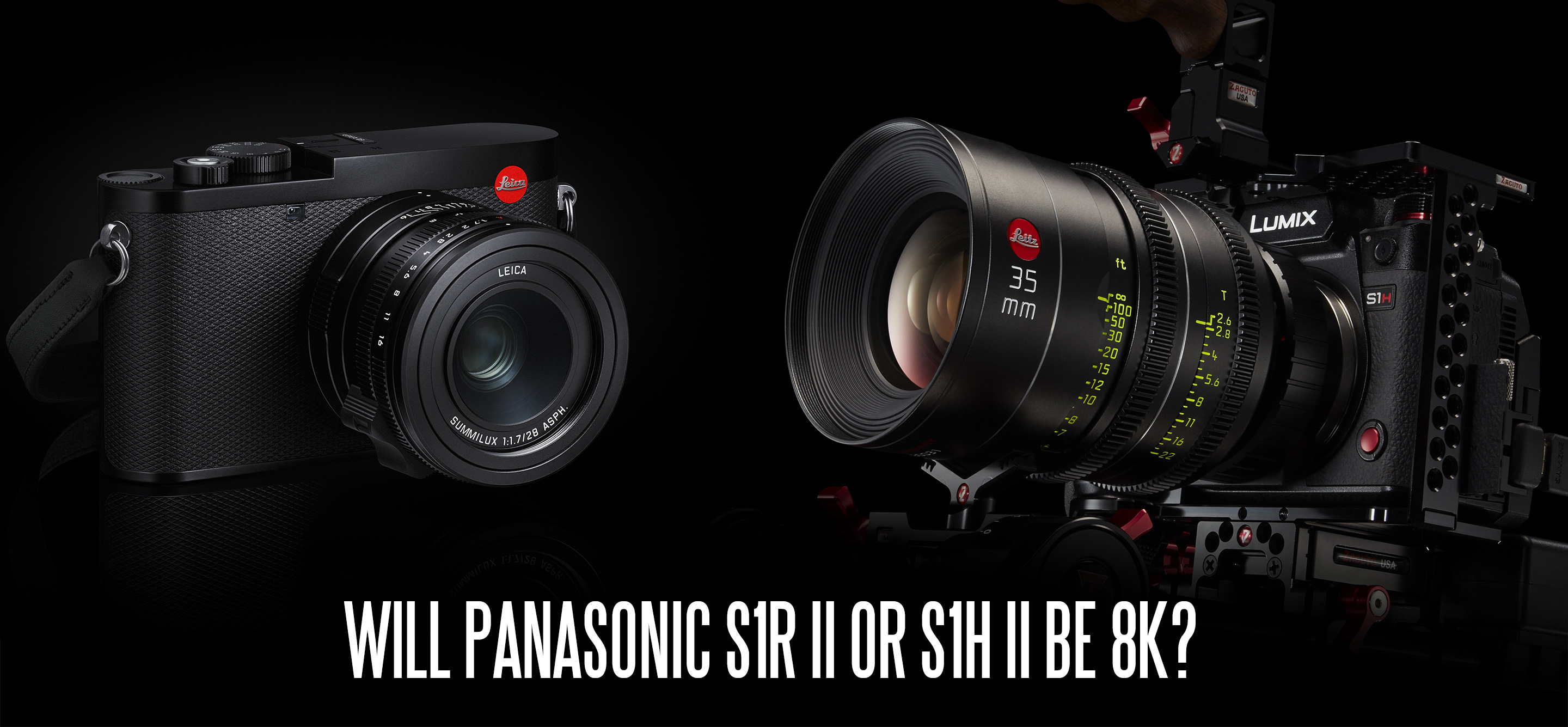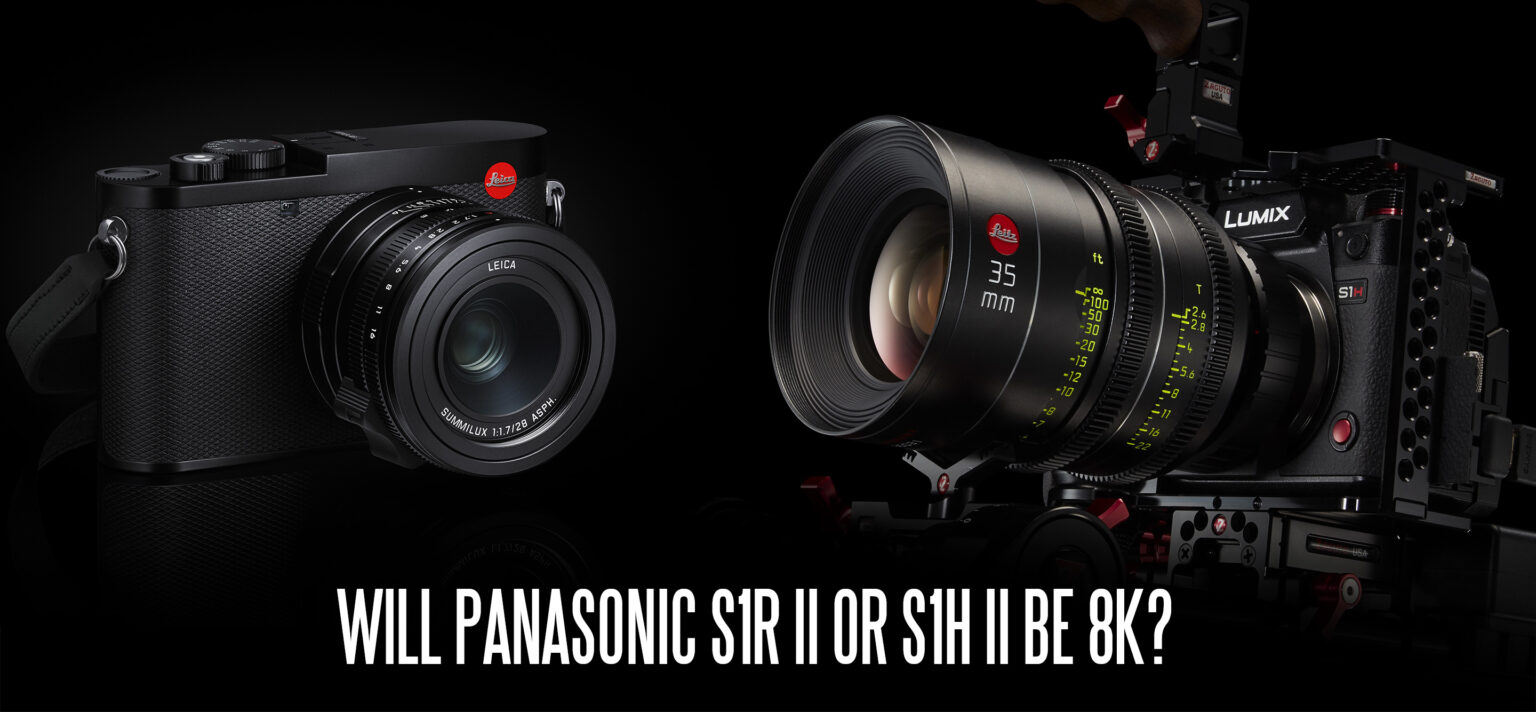
As keen eye observers of the camera industry will know, the Leica Q3 is the result of a close partnership between Panasonic and Leica (L² technology-sharing partnership). Panasonic provide the digital side and Leica the industrial design & housing. The lens has Leica’s formula but is digitally corrected, so not made in Wetzlar.
Essentially when it comes down to it, the Q3 is 85% a Panasonic full frame camera.
Therefore, with an entirely new sensor and image processor, the Q3 hints at what to expect from the next generation of full frame Panasonic mirrorless cameras.
Under the hood of the Q3 is a new 60 megapixel sensor with phase-detect AF, capable of 8K – although the frame rates on the Q3 are limited by the small housing and need to run the image processor at a lower clock speed.
This 60 megapixel sensor will likely be the one Panasonic selects for the upcoming S1R Mark II with a release date likely to be before March 2024 when the Leica SL3 is rumoured to be released. The SL3 is also expected to be 60 megapixel, with 8K.
Whether the S1H Mark II will feature the 60 megapixel 8K sensor or stay at 6K (24 megapixel) remains to be seen. At the moment the 6K Dual Gain cameras do have an advantage in low light. For the extra 2K resolution between my Panasonic S1H and Sony a1 there is quite a steep drop off in high ISO performance above 3200. With a dual gain 8K sensor however, this could be improved.
The Leica Q3 sensor has phase-detect AF and this is pretty much a given now for Panasonic since the S5 Mark II. I only wonder why the left it so late!
Surprisingly given the photographic focus of the Leica Q3, the posh-man’s point and shoot does internal ProRes 422 HQ recording. This points to the fact it probably shares the same (or similar) Panasonic image processor to the S5X Mark II.
Like that camera it records ProRes 422 HQ and the lower bitrate flavours are missing. I hope Panasonic rectify this with the next generation S1H II and S1 II, and get on par with Fujifilm’s implementation of our favourite editing codec.
Historically Leica has kept the Q series close in specs to their flagship SL mirrorless camera. The Q1 was like the original SL, the Q2 shared a lot in common with the SL2, and now we have an early preview of the SL3 with the Q3. This poses an interesting dilemma, because as we also know – the S1R series from Panasonic is basically an SL camera in terms of specs. The S1R = SL2, and therefore S1R Mark II = SL3 = Q3. With this special formula, we can deduce that the S1R Mark II and SL3 threaten to be a serious powerhouse for video, meaning the S1H and standard S1 model need to stand out a bit more. If the S1R Mark II is basically a SL3 for less money with 8K and ProRes, what can the S1H do that stands out other than maybe higher frame rates? I hope it brings more to the table such as a built in ND filter and new Panasonic internal RAW codec.
Unusually for Leica, the company has embraced an articulated screen for the Q3. A very welcome feature! The Sony RX1R II has had this since 2015.
However, an ominous feature of the Q3 is a 3 second boot-up time, much like starting up the S5 II or GH6 from ‘cold’. This seems to be a very unwelcome feature of Panasonic’s latest technology, whereby it has a sleep mode and a cold start mode. The sleep mode also seems to be buggy, and can often completely drain the battery when the camera is switched off, but it does at least provide instantaneous power-on/off cycles during a shoot.
I think it will only be a few months before we find out what the Panasonic S1H Mark II and S1 Mark II bring, along with the S1R Mark II which might be a much more attractive choice for video users this time out.




